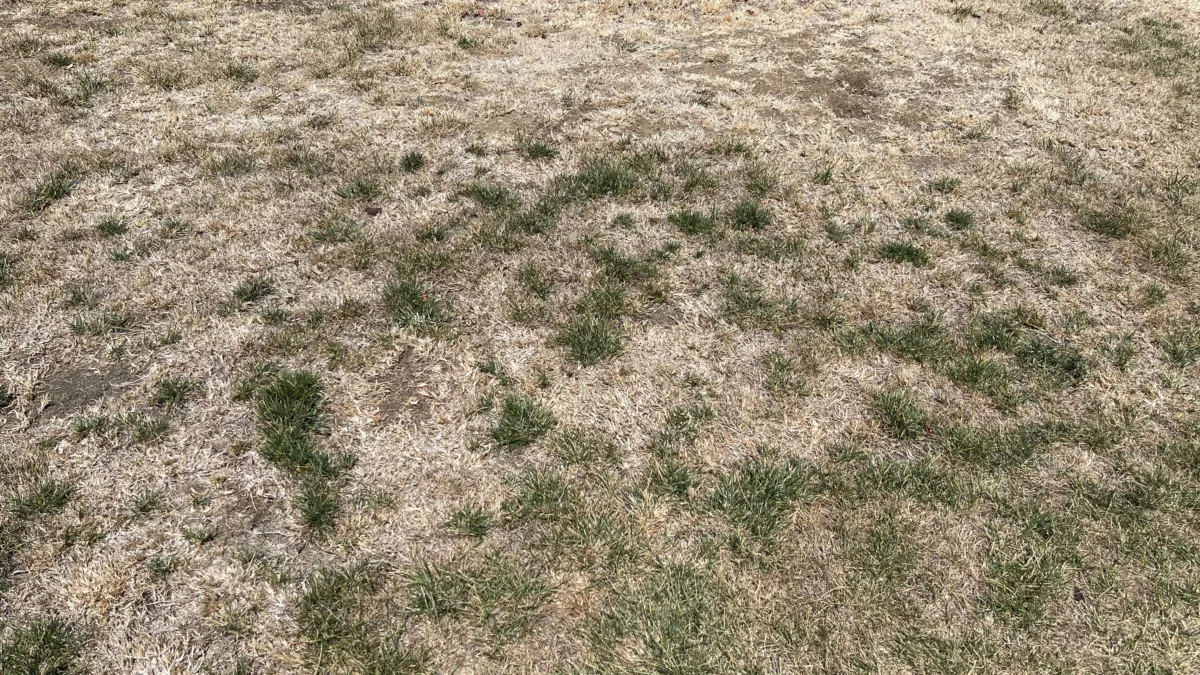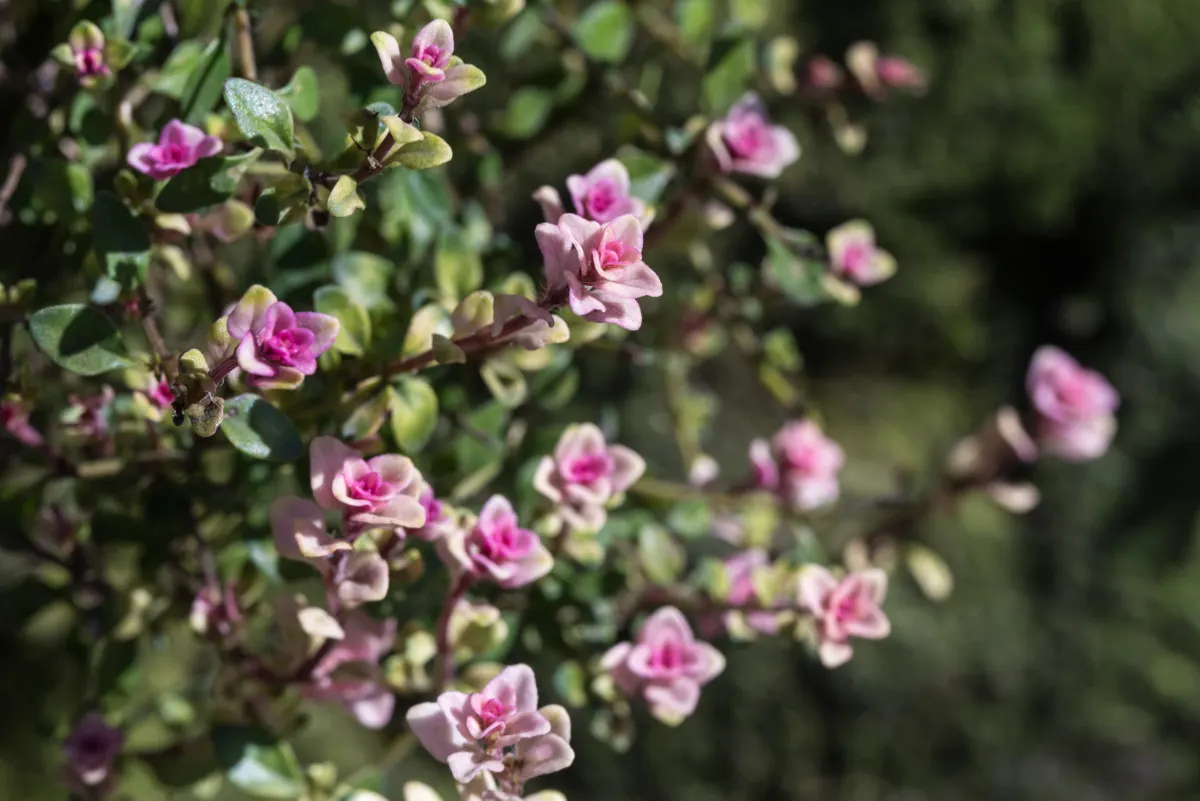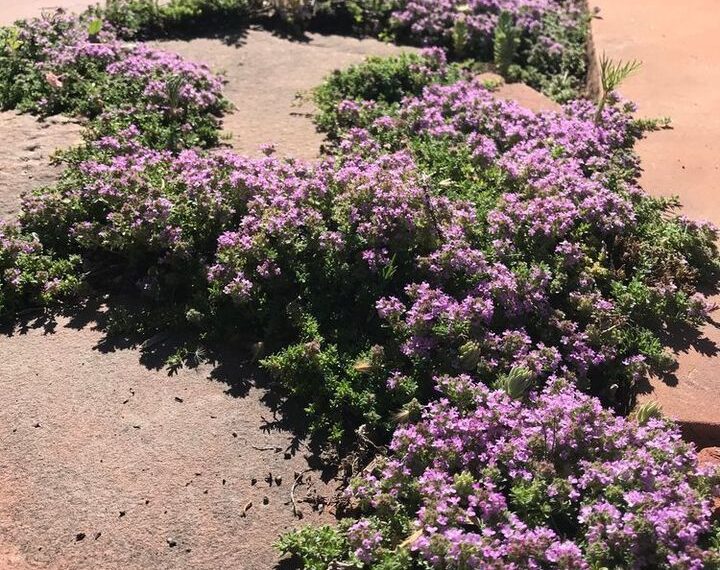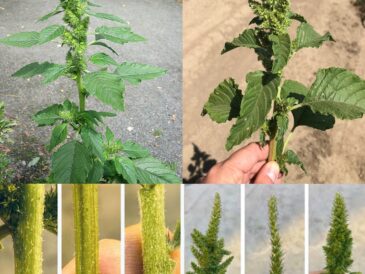It happens every summer. No matter how much new seed you put down or how often you water, there will come a point where your lush green lawn turns into a crunchy brown landscape.
Where once you walked barefoot on dewy grass, you’re now careful to put your shoes on before venturing outside.

Summer temperatures are increasing for longer periods with each passing year. It’s no surprise then that your lawn is more often scorched grass than a soft, green yard.
Along with these soaring temperatures, we’re experiencing longer stretches without rain. Municipalities all over the country ration water during the summer. They impose bans on washing cars and using sprinklers, making it even harder to maintain a green lawn.
Have you ever stopped to think if there might be a better way, an easier way?
Of course, you could let nature take its course, stop mowing altogether and return your lawn to the wild.
Some people do and are rewarded by the scads of wildflowers, birds, bees and butterflies that pop up. And with skyrocketing gas prices, not feeding the lawn mower looks better every day. Plus, you would get that one, two, or three hours back that it takes to mow your lawn each week.

Unfortunately, though, many of us simply don’t have that option.
When I lived in another part of Pennsylvania, I remember coming home one evening to a freshly mown lawn, and a citation stuck on my door. The borough charged me a fine for letting my grass get too long and warned that the next time the borough had to mow it, the fine would double. Sheesh!
Municipality rules or strict HOAs can often stand in the way of any attempts to rewild a lawn in town.
But you have another excellent option that will keep the city council happy, save water, require no mowing, and still look great – creeping thyme.
Thyme? As in the stuff I put on my roast chicken?
Yes, that thyme, or at least a variety of it.
Xeriscaping

Every year, more fed-up yard warriors turn to xeriscaping out of a desire to conserve time and water. Xeriscaping is the use of drought-tolerant plants (most require little or no irrigation to survive) in landscapes. Creeping thyme is one of the more popular ground-covers used in xeriscaping, and it’s not hard to see why.
Benefits of Creeping Thyme as a Ground Cover

- It’s creeping, which means it will spread and fill in your lawn when left to its own devices.
- Creeping thyme is also drought-resistant, so your yard will keep plugging along if you get long stretches without any rain.
- It takes much less water to establish and continue to grow thyme. As anyone who has ever planted grass seed knows, it takes tons of consistent watering for it to take and spread.
- Creeping thyme will outcompete other plants for nutrients and water, choking out weeds that would otherwise look unsightly.
- Like turf, creeping thyme can handle foot traffic, making it an ideal replacement.
- Creeping thyme grows low to the ground, so you don’t have to mow it. (Most varieties don’t reach over 4”.) Although, if you prefer, you can mow once any flowers have died off.
- Most creeping thyme varieties flower, making it a pollinator-friendly turf replacement. Gardeners will enjoy the benefits of having more pollinators around.
- You can eat your lawn.
- And it smells so much nicer than grass. People love to wax on poetically about the smell of freshly cut grass. But I’ll bet they’ve never walked across a sunbaked lawn of creeping thyme.
CONTINUE READING IN PAGE 2




